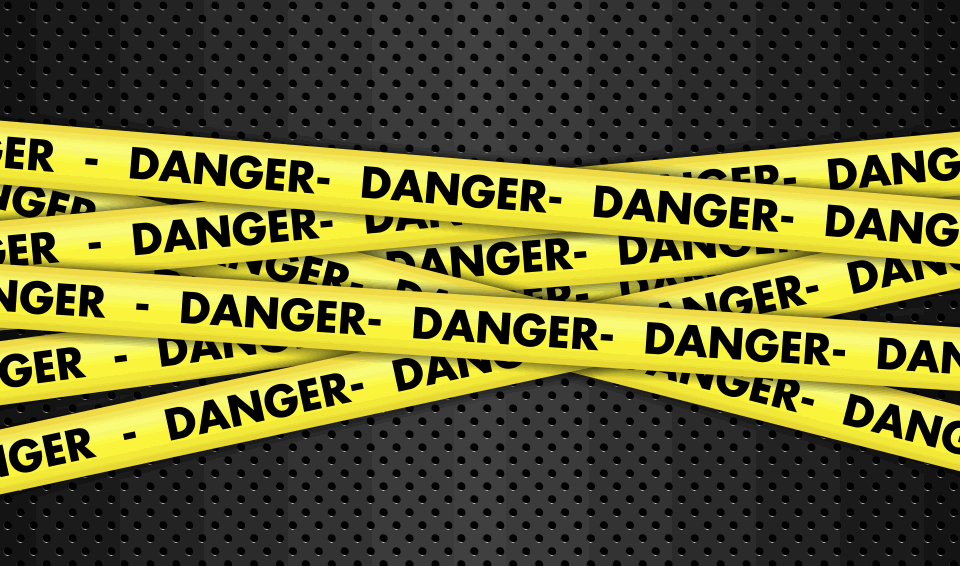Asset tokenization on Blockchain is a steady trend of 2018. It seems that everything is being tokenized on Blockchain from paintings, diamonds and company stocks to real estate. In this article, I will describe what it means to tokenize an asset on Blockchain and how it applies to physical assets. This article is a part of Explained in Plain English series. In the previous article, I explained Ethereum gas in plain English.
Let us forget about Blockchain and smart contracts for a moment. Imagine you want to invest in real estate but your initial investment is modest — say $5,000. Perhaps you want to start small and increase your investment gradually. For instance you decide to invest a couple thousand every three or four months. Obviously, with traditional real estate market this is quite awkward to do. How are you supposed to buy two or three square meters in an apartment?
Let us reverse the situation. Imagine that you have some property — say an apartment. You need cash quickly. The apartment is valued at $150,000 but you just need $10,000. Can you do this quickly without much friction? To my best knowledge, this is next to impossible.
Enter tokenization. Tokenization is a method that converts rights to an asset into a digital token. Suppose there is a $200,000 apartment. Tokenization can transform this apartment into 200,000 tokens (the number is totally arbitrary, we could have issued 2 million tokens). Thus, each token represents a 0.0005% share of the underlying asset. Finally, we issue the token on some sort of a platform supporting smart contracts, for example on Ethereum, so that the tokens can be freely bought and sold on different exchanges. When you buy one token, you actually buy 0.0005% of the ownership in the asset. Buy 100,000 tokens and you own 50% of the assets. Buy all 200,000 tokens and you are 100% owner of the asset. Obviously, you are not becoming a legal owner of the property. However, because Blockchain is a public ledger that is immutable, it ensures that once you buy tokens, nobody can “erase” your ownership even if it is not registered in a government-run registry. It should be clear now why Blockchain enables this type of services.
Thus, we took an asset, tokenized it and created its digital representation that lives on Blockchain. Blockchain guarantees that the ownership information is immutable.
Does it sound too simple? Is that all you need to do, you may ask.
Unfortunately, some problems need to be solved before we can successfully tokenize real-world assets on Blockchain.
Main problem stems from the fact that so far no country has a solid regulation for cryptocurrency. For example, what happens if a company that handles tokenization sells the property? Token owners just own tokens. They have no legal rights on the property and thus are not protected by the law. Therefore, legal changes are needed to accommodate these new business models.
Another problem is that this system brings us back some sort of centralization. The whole idea of Blockchain and especially smart contracts is to create a trustless environment. While this is possible to achieve when tokenizing digital assets, with real world, physical assets, this is not the case. Therefore, we have to accept a certain dose of centralization.
Tokenization of other assets works in similar way. If there is a Picasso’s painting valued at $50 million, it can be tokenized as well. The same applies to gold and diamonds. Company stocks are more complicated because in most jurisdictions it is prohibited to sell fractional parts of company shares. Again, legal changes are necessary to successfully implement tokenization of company stocks.
The good news is that the progress is very fast. We see new solutions nearly on a weekly basis. Once these problems are solved, nothing can stop tokenization process.
